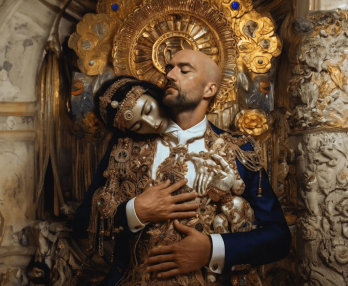Barcelona Opera Tickets | Barcelona Concert Tickets
What's on
Gran Teatre del Liceu Barcelona
Barcelona - Gran Teatre del Liceu
Su 16 Feb 2025, 17:00 - Su 16 Feb 2025, 17:00
Su 16 Feb 2025, 17:00 - Su 16 Feb 2025, 17:00
Gran Teatre del Liceu Barcelona
Barcelona - Gran Teatre del Liceu
Sa 04 Jan 2025, 19:00 - Sa 04 Jan 2025, 19:00
Sa 04 Jan 2025, 19:00 - Sa 04 Jan 2025, 19:00
Gran Teatre del Liceu Barcelona
Barcelona - Gran Teatre del Liceu
Su 04 May 2025, 17:00 - Su 04 May 2025, 17:00
Su 04 May 2025, 17:00 - Su 04 May 2025, 17:00
Gran Teatre del Liceu Barcelona
Barcelona - Gran Teatre del Liceu
Sa 19 Oct 2024, 19:00 - Sa 19 Oct 2024, 19:00
Sa 19 Oct 2024, 19:00 - Sa 19 Oct 2024, 19:00
Gran Teatre del Liceu Barcelona
Barcelona - Gran Teatre del Liceu
Sa 31 Aug 2024, 19:00 - Su 01 Sep 2024, 17:30
Sa 31 Aug 2024, 19:00 - Su 01 Sep 2024, 17:30
Gran Teatre del Liceu Barcelona
Barcelona - Gran Teatre del Liceu
Fr 06 Jun 2025, 19:30 - Fr 06 Jun 2025, 19:30
Fr 06 Jun 2025, 19:30 - Fr 06 Jun 2025, 19:30
Bestseller events
Gran Teatre del Liceu Barcelona
Barcelona -
Gran Teatre del Liceu

 EN
EN DE
DE IT
IT FR
FR ES
ES RU
RU JP
JP RO
RO








